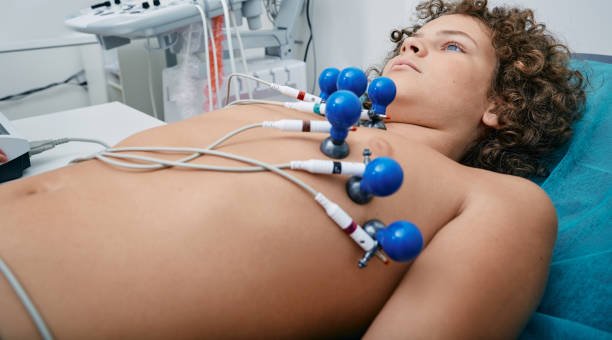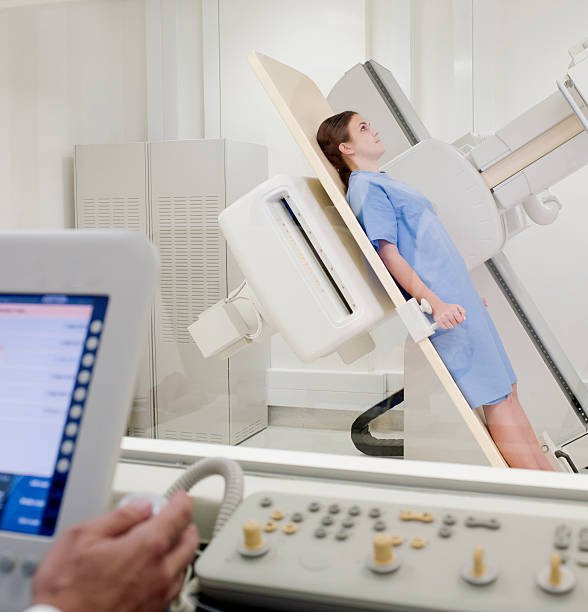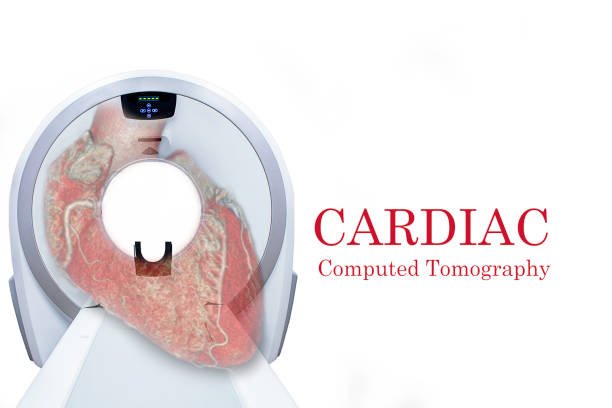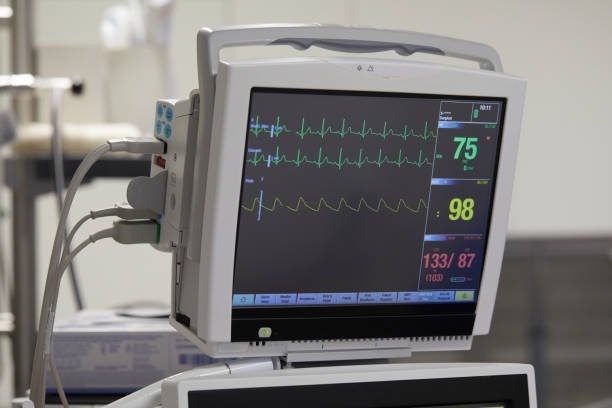
What Are the Cardiac Examination Items? 8 Types of Cardiovascular Examinations and 9 Major Signs of Heart Disease
Cardiovascular disease ranks second among the top 10 causes of death in the world, with a very high mortality rate. Regular testing can reduce the risk of cardiovascular disease and treat it early to avoid worsening of the condition. This article introduces you to 8 common cardiovascular examination items and 9 precursors of heart disease that you need to watch out for.
Classification of heart diseases
Heart diseases are roughly divided into the following 4 types:
- Congenital heart disease:
There are many symptoms of congenital heart disease, most of which are caused by problems in the development of the heart, arteries, veins, etc. during the embryonic period. The exact cause of congenital heart disease remains unknown, but its prevalence among newborns is approximately 1%. - Rheumatic heart disease:
Rheumatic heart disease is caused by rheumatic fever. Human beings are infected with Group A β-hemolytic streptococcus. These bacteria are similar to human proteins, which will cause the immune system to attack these bacteria and also attack human tissues, thereby causing damage to the skin, joints, brain, and heart. , brain damage.
In addition, the heart valves are also targets of immune system attacks. Rheumatic heart disease occurs when the heart valves become damaged due to attack. Rheumatic heart disease can occur in children, adolescents, and adults. - Hypertensive heart disease:
one of the most common heart diseases. Long-term high blood pressure may increase the burden on the left ventricle, causing heart hypertrophy or even enlargement. In severe cases, it may lead to heart failure, which is more likely to occur in middle-aged and elderly people. - Coronary heart disease:
It is also one of the most common heart diseases. Due to the accumulation of fat in the patient’s blood vessels and the thickening of the intima to form atherosclerotic plaques, atherosclerosis will occur, which will make the blood vessels difficult to circulate and lead to necrosis of the heart muscle due to lack of oxygen. It usually occurs in middle-aged and elderly people.

8 common cardiovascular examination items
- 12-lead electrocardiogram:
One of the basic cardiac examinations. An electrode patch is placed on the chest of the subject to diagnose whether there are abnormalities in the heart. - Cardiac ultrasound:
Use ultrasound to examine the heart and observe whether there are any abnormalities in the heart’s beating and internal structure. Because it is ultrasound, it is not an invasive treatment and does not involve X-ray radiation. - Cardiac catheterization:
The patient is given local anesthesia, and a cardiac catheter is connected to the coronary arteries and chambers of the heart through blood vessel puncture to check whether there is coronary heart disease and other diseases. If there is a condition, surgery can be performed in time, which is an invasive treatment. - Exercise electrocardiogram:
While the subject is exercising, their electrocardiogram and heartbeat rate are checked. Since exercise increases the amount of oxygen required by the heart, the patient’s coronary artery hypoxia can be assessed and further diagnosed. - Tilt bed test:
The subject lies on the bed, tilts the bed at different angles, and observes the subject’s heart changes. It is mostly used for patients who have fainted multiple times due to unknown reasons. - Nuclear medicine myocardial perfusion scan:
A tracing agent is injected into the blood vessels around the heart, and the heart activity is tracked through a gamma camera to determine whether there is obstruction in the coronary arteries. - Cardiac computed tomography:
A contrast agent is injected into the blood vessels around the heart, and high-speed multi-slice spiral computed tomography is used to scan the coronary arteries and create a 3D image of the heart. - 24-hour Huote portable ECG continuous monitoring:
Let the patient carry a 24-hour portable ECG and monitor the patient’s heartbeat activity throughout the day. After returning the ECG to the hospital the next day, the doctor can use it to determine the condition.








9 major signs of heart disease
The signs of coronary artery disease and hypertensive heart disease are not obvious. If you are obese, have high blood pressure, smoke, or are alcoholics, it is recommended to go to the hospital regularly for cardiovascular testing. If you have the following symptoms, you must seek medical attention as soon as possible for detailed examination:
- Chest tightness
- Chest pain
- Difficulty breathing
- Paled face
- Breaking into a cold sweat
- Dizziness
- Nausea
- Stomach ache
- Numbness in the body and limbs.












